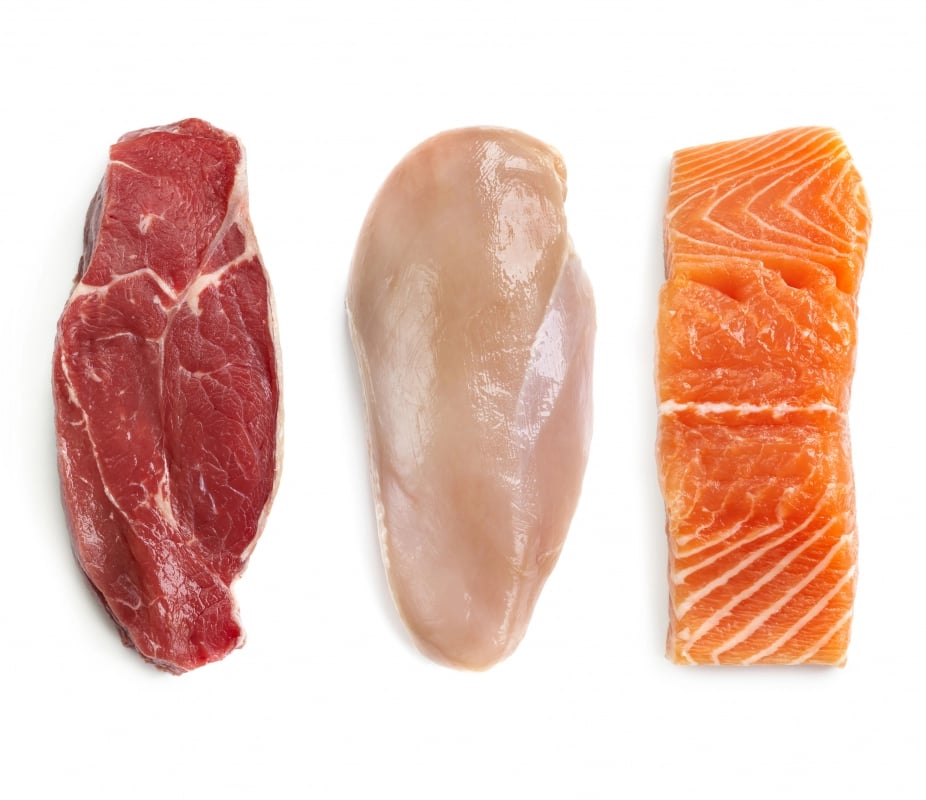
Delivery is more popular than ever before, thanks to the COVID-19 pandemic keeping people all around the world cooped up indoors. While delivery services like...

One of the best ways to avoid contracting or spreading a foodborne illness is to educate yourself on what it is, what causes it, and how you can work to prevent it. Salmonella is one of the most common foodborne illnesses, affecting up to 1.2 million people worldwide each year. The Centers for Disease Control and Prevention estimates that salmonella causes about 450 deaths and 23,000 hospitalizations each year. Between 2009 to 2013, an average of 6,500 cases of salmonellosis were reported in Canada each year
Salmonella is a common foodborne bacteria that causes an infection called salmonellosis, affecting the digestive tract. Infection usually takes place in humans through contaminated food or water, though it can also be caused by contact with infected feces. The most common types of salmonella in North America are S.typhimurium and S.enteritidis. Other types of salmonella fall under the category of typhoidal salmonella, and cause typhoid fever and paratyphoid fever.
People infected with salmonellosis typically experience symptoms between eight and 72 hours after infection. Healthy people will recover within a few days without extensive treatment, though in some cases salmonellosis can cause life-threatening complications and as a result, can be fatal. Those with weakened immune systems or suffering from pre-existing stomach or bowel disorders are especially at risk of life-threatening complications.
Humans usually contract salmonella by eating undercooked or raw poultry, meat, and seafood, though it’s also commonly caused by eggs and egg products. Meat products usually become infected with salmonella during the butchering or harvesting process. Fruit and vegetables also commonly carry salmonella, most often caused by infected water during watering or produce washing. Exposure to salmonella at home is almost always caused by improper hand washing techniques and cross contamination.
The most common symptoms of salmonellosis include:
There is no vaccine to prevent salmonellosis, meaning proactive measures are the only way to effectively stop its spread. The only way to prevent spreading and contracting salmonellosis is by following preventative food safety measures when preparing or serving food. This includes thoroughly washing your hands and cooking meat, poultry, and seafood to safe internal temperatures.
Throughout the cooking process, refrain from using utensils multiple times without properly washing and/or sanitizing them first. After food has been prepared, it’s important to promptly refrigerate or freeze it before it in order to avoid contamination. Food that has been left in the between the temperatures of 4°C (40°F) to 60°C (140°F), also known as the temperature danger zone, is especially at risk of salmonella infection.

Delivery is more popular than ever before, thanks to the COVID-19 pandemic keeping people all around the world cooped up indoors. While delivery services like...

The Canadian restaurant and dining industry is seeing the rise of a major competitor in the form of “grocerants”, which are popping up in our favourite supermarkets all...